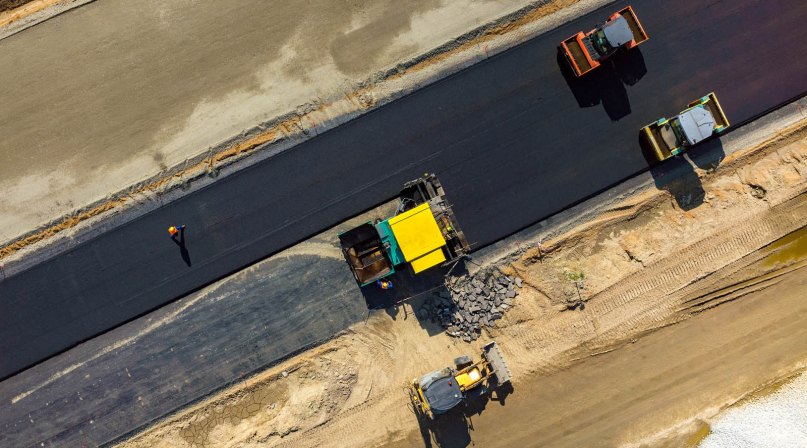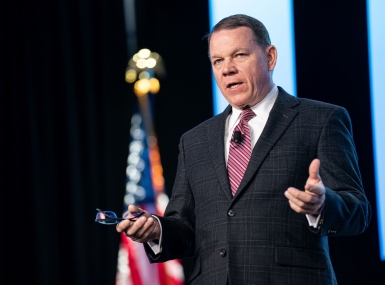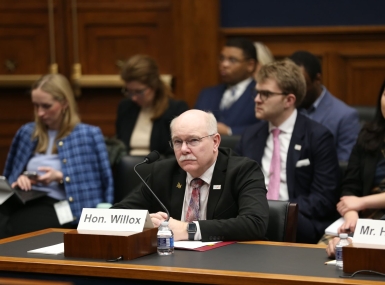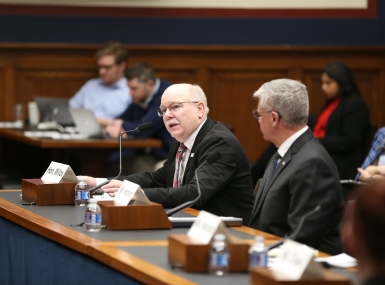New BUILD program replaces TIGER grants
Upcoming Events
Related News

BUILD program will replace DOT's TIGER grants, has a July 19 application deadline
Learn more
Additional explanation of the criteria
Learn more
Additional explanation of the criteria
The Department of Transportation (DOT) announced April 20 the release of a new transportation infrastructure grant program that will replace the current TIGER Grant program. The Better Utilizing Investments to Leverage Development (BUILD) program will disburse $1.5 billion for surface transportation infrastructure projects with significant local or regional impacts, including funding for roads, bridges, transit, rail or port support.
As with TIGER grants, county governments may apply directly or jointly with other local or state entities, with an application deadline of July 19.
DOT will evaluate BUILD applications on the following criteria: safety, economic competitiveness, quality of life, environmental protection, state of good repair, innovation, partnerships and additional non-federal revenue for infrastructure investments.

The non-federal revenue standard coincides with the administration’s plan to encourage local and state governments to put more local funding into projects. However, unlike proposed funding for many of President Trump’s infrastructure priorities, the BUILD grant program will contribute up to 80 percent of project costs for urban area projects and up to 100 percent for projects in rural communities.
While there are many similarities to the existing TIGER Grant program, there are some noteworthy differences. For example, the BUILD program strongly encourages local governments to develop — and in some cases requires — a proven non-federal revenue stream for infrastructure projects. Also, the program does not allow new bond issuing to count towards this revenue goal, unless the applicant raises — or commits to raising — new funds to repay the bond. Funding can come from state, local and private sector investors, or other forms of cost sharing such as toll credits, sales and gas tax measures and asset recycling.
Another key difference: the funds may be used by rural areas for broadband deployment.
Attachments
Related News

Rep. Sam Graves: ‘Compromise’ will get it done
The House Transportation and Infrastructure Committee chairman said the upcoming surface transportation reauthorization will focus on traditional infrastructure.

Wyoming county commissioner stresses flexibility in transportation funding to House subcommittee
Giving counties flexibility to spend money from the 2026 surface transportation reauthorization will improve rural road safety and better serve local needs, Converse County, Wyo. Commissioner Jim Willox told the House Subcommittee on Highways and Transit.

NACo testifies in front of Congress on rural road safety
On February 12, Converse County, Wyo. Commissioner Jim Willox will be testifying on behalf of NACo before the U.S. House Subcommittee on Highways and Transit at a hearing titled “America Builds: A Review of Programs to Address Roadway Safety.”